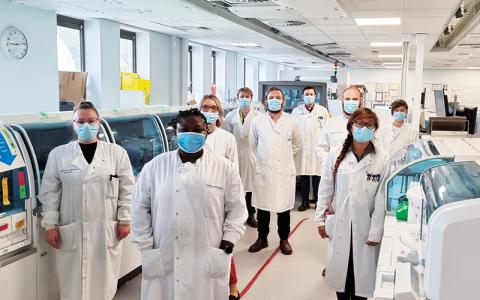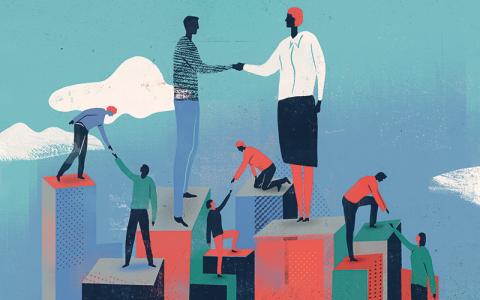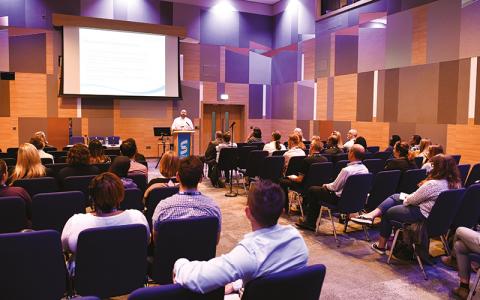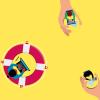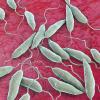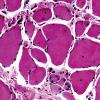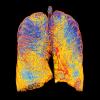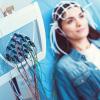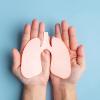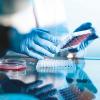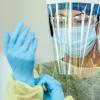October 2021
Working flexibly across sites
Specialist Biomedical Scientist Kimberly C Lewis gives a guided tour of the clinical biochemistry facilities at Swansea.
Here to help: It helps to help each other
IBMS Education Manager Richardia Penn with the latest on assessment, verification and training.
A very powerful congress
IBMS Deputy Chief Executive Sarah May gives a Congress 2022 update, including new content, more content plus a last chance to catch the early booking rate.

